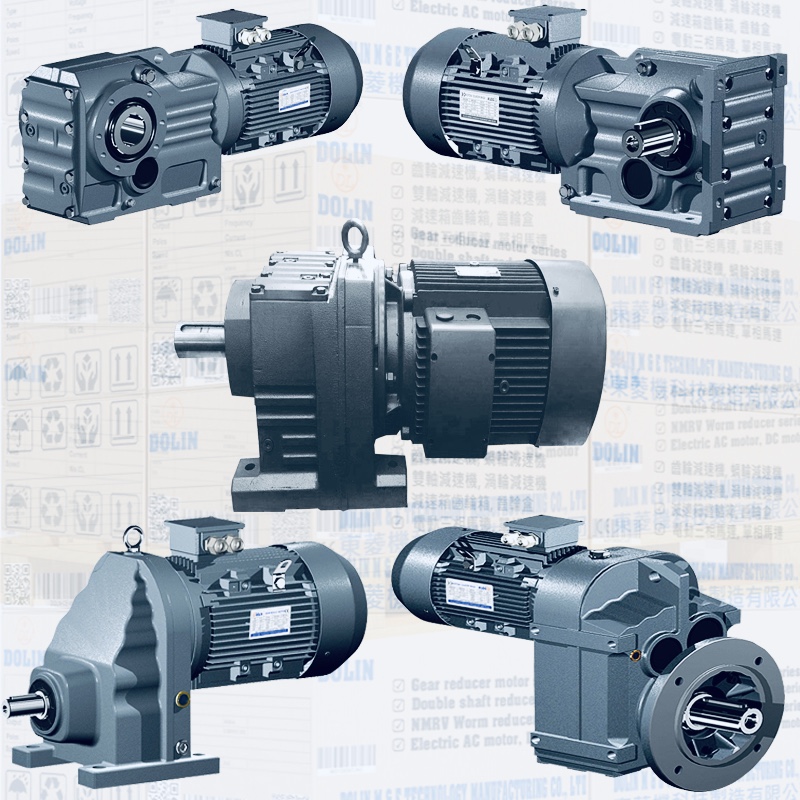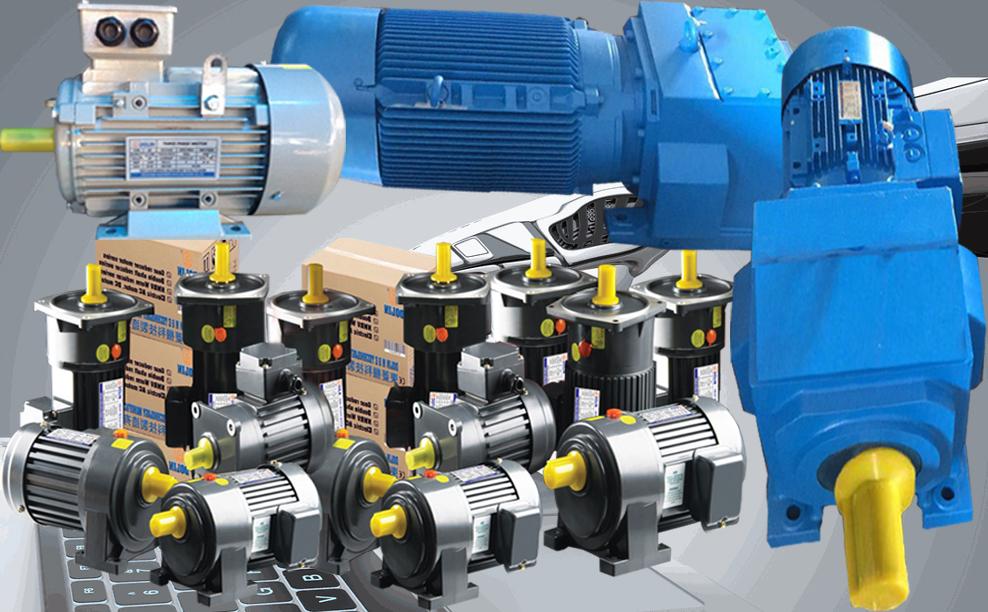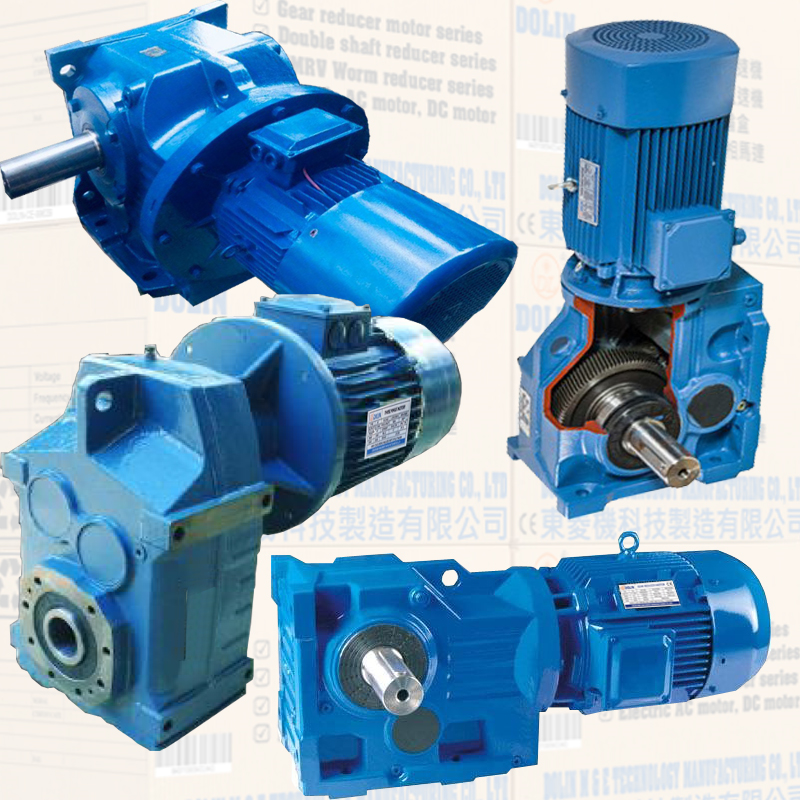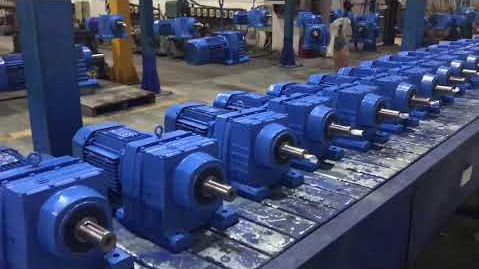Select a gear motor
- Thursday - 02/04/2020 08:38
- Close page
There are several key design parameters that should be considered when selecting a gearmotor. At the start gather all the relevant technical and commercial requirements.

This first step is often overlooked, but it’s a critical component in the design process. The gathered design inputs will then be used in the selection process and will dictate the ideal motor for the application.
Next, consider what type of motor technology best suits the intended application; because each application has its own unique characteristics. It’s important to determine which of the parameters, horsepower, efficiency, useful life, starting torque, or noise rating are most important to that specific application.

During the motor selection process by looking at the required speed and torque of the application it should become clear that if motor chosen requires a gearbox to meet the requirements. If a gearmotor is necessary there is another level of complexity that will be added and several more criteria that need to be looked at.
There are a number of motor and gearbox types that can be combined. For example, the right angle worm, planetary, and parallel shaft gearboxes can be combined with permanent magnet DC, AC induction, or brushless Dc motors. Though there are a vast number of motor and gearbox combinations not just any one will work for the application.
Certain combinations are more efficient and cost effective than others. Knowing the application and having accurate ratings for the motor and gearbox is the foundation for successfully integrating the gearmotor into the system.

So there are really two methods for selecting a gearmotor. Method one involves selecting a motor and gearbox separately and combining them afterwards. Method two involves selecting a pre-engineered gearmotor. While both methods are effective at finding the most compatible gearmotor.
Method two reduces the design time and project risk. When selecting a pre-engineered solution the manufacturer has done much of the heavy lifting to ensure that the motor and gearbox combination will work properly together. Because performance calculations and testing have been performed by the manufacturer. This will minimize gearmotor failures caused by miscalculations or improper component match.
Focusing on Method two, the speed and torque required for the application is critical in selecting the gearmotor combination. Using the speed and torque measurements you can then select the manufacturer’s performance curves that match the application needs. The gearmotor curve combines the performance in the motor and gearbox by displaying speed torque and efficiency.
If a complete gearmotor assembly is purchased from a manufacturer this curve is provided by the vendor. Finally after selecting a few performance curves that appear to meet the application needs it is important to review the design limitations. Look for the following information in the manufacturer’s performance calculations and use it to determine if the chosen gearmotor will cause any issues with in the application.

Consider the thermal characteristics, full-load gearbox torque, gearbox input speed, gearbox yield strength and intermittent duty. Once the gearmotor has been chosen and installed it’s important to perform several test runs in sample environments that best reflect typical operating scenarios.

If there is extreme motor heat, unnatural noises or obvious motor stress repeat the motor selection process or contact the manufacturer. Its important take the the time and put in the effort to properly select the motor because a hasty decision and lack of testing can cause a host of problems with the gearmotor and could possibly damage the application.